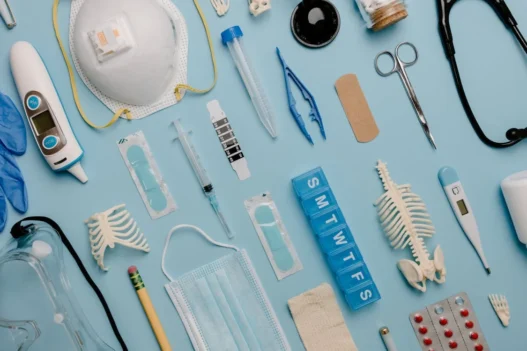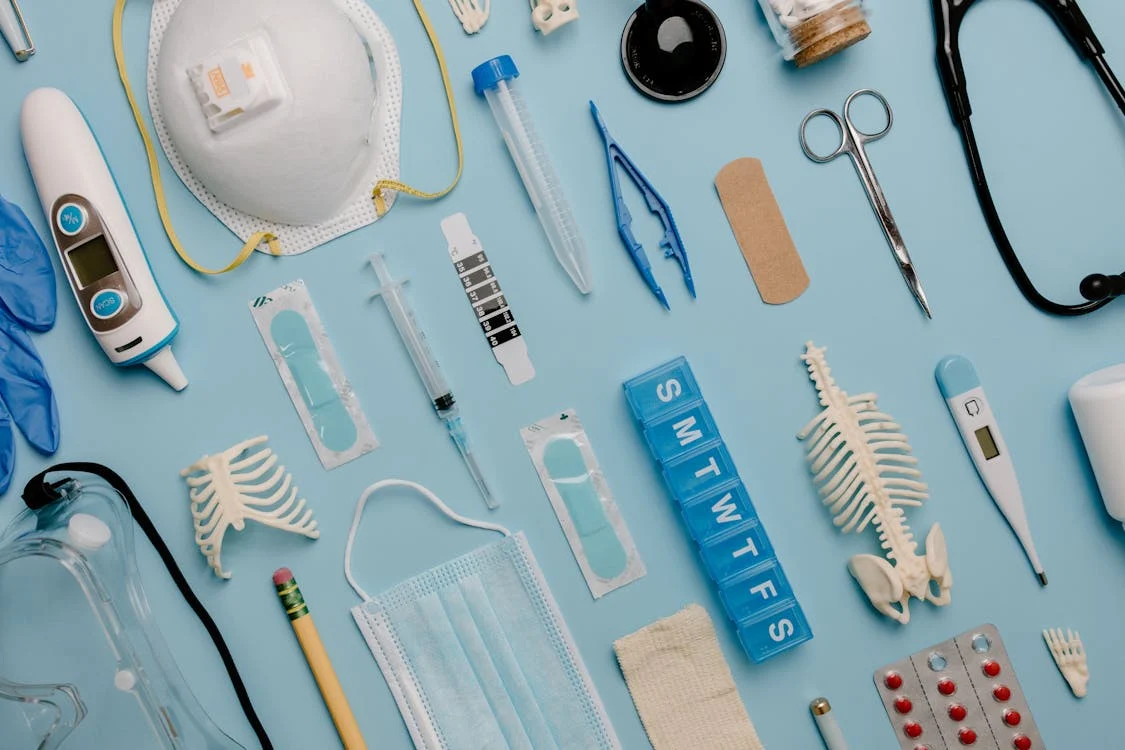0RRM07Z is a medical procedure where a damaged left elbow joint is replaced with tissue from the patient’s own body, done through an open surgical approach. This surgery aims to improve mobility and function in the affected elbow joint.
Table of Contents:
- 🔎 Clinical Indication
- 📋 Preparation
- 📖 Methodology
- 🩹 Recovery
- 🚨 Complexity & Risk
- 🔀 Similar Procedures
🔎 Clinical Indication
0RRM07Z (Replacement of Left Elbow Joint with Autologous Tissue Substitute, Open Approach) may be performed to address severe arthritis or injury that has damaged the elbow joint beyond repair.
This procedure involves surgically removing the damaged joint and replacing it with tissue from the patient’s own body, reducing the risk of rejection and potential complications.
By utilizing autologous tissue substitute, the goal is to restore function and alleviate pain in the elbow, allowing the patient to regain mobility and improve overall quality of life.
📋 Preparation
Before the replacement of the left elbow joint with autologous tissue substitute using an open approach, the patient will undergo a series of pre-operative preparations. This typically includes a thorough medical examination, blood tests, and imaging scans to assess the condition of the elbow joint.
The patient may also be instructed to stop taking certain medications, such as blood thinners, in the days leading up to the surgery to reduce the risk of complications. Additionally, the patient may be advised to refrain from eating or drinking anything for a certain period of time before the procedure to minimize the risk of aspiration during anesthesia.
It is important for the patient to follow all pre-operative instructions provided by their healthcare team to ensure a successful surgery and promote optimal recovery following the procedure. These preparations are crucial for ensuring the safety and effectiveness of the replacement of the left elbow joint with autologous tissue substitute.
📖 Methodology
During a procedure known as 0RRM07Z, the surgeon replaces a patient’s left elbow joint with a tissue substitute made from the patient’s own cells. This surgery is performed through an open approach, which means the surgeon makes a larger incision to access the joint. Autologous tissue substitutes are often used to reduce the risk of rejection and improve the overall success of the joint replacement.
🩹 Recovery
After undergoing a replacement of the left elbow joint with autologous tissue substitute using an open approach, the patient will typically experience some pain and swelling in the immediate post-operative period.
Physical therapy will be essential for recovery after the surgery, helping to regain strength, flexibility, and range of motion in the affected elbow joint.
It is important for the patient to follow the rehabilitation plan provided by their healthcare provider to optimize their recovery and ensure a successful outcome.
🚨 Complexity & Risk
Performing 0RRM07Z, which involves replacing a left elbow joint with autologous tissue substitute through an open approach, is a highly complex procedure. Surgeons must carefully navigate through delicate structures and ensure proper alignment to achieve successful outcomes.
However, there are potential risks associated with this surgery, including infection, nerve damage, and blood vessel injury. Patients undergoing this procedure should be aware of the possible complications and discuss them with their healthcare provider before making a decision.
🔀 Similar Procedures
Another medical procedure that is similar to 0RRM07Z is the Replacement of Right Hip Joint with Synthetic Substitute, Open Approach. Both procedures involve replacing a joint with a substitute material and require an open approach surgery for access.
The Replacement of Right Hip Joint with Synthetic Substitute is often performed when a patient’s hip joint is severely damaged due to arthritis or injury, similar to the need for elbow joint replacement in the other procedure.
During both procedures, the damaged joint is removed and replaced with a substitute material to improve the patient’s mobility and reduce pain in the affected area, ultimately leading to an improved quality of life post-surgery.

